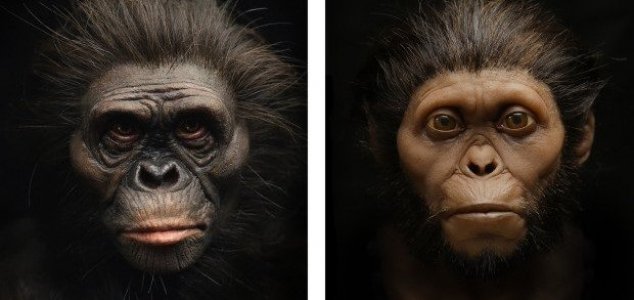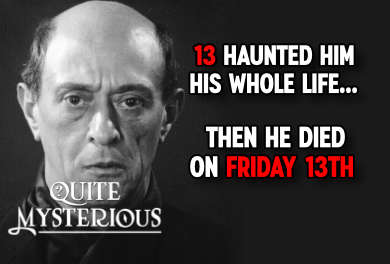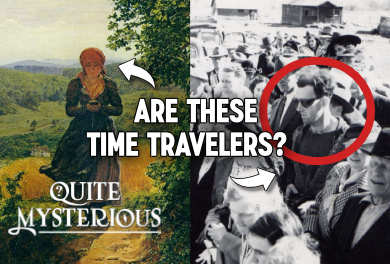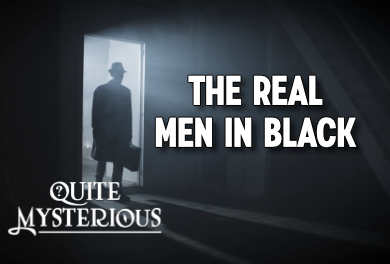Palaeontology
March 5, 2021 · 5 comments
5 comments

Lucy (left) and Taung child (right). Image Credit: R. Campbell, G. Vinas, M. Henneberg, R. Diogo
Named 'Lucy', this ancient ancestor of modern humans belonged to a species known as Australopithecus afarensis - a primitive ape-like biped with long arms and curved fingers.
While there have been many attempts over the years to reconstruct what Lucy might have looked like, many of the artists have made unverifiable assumptions about certain physical attributes, resulting in impressive, yet often inaccurate representations of her appearance.
This latest effort however is not only the most accurate to date but also the most transparent - revealing precisely how researchers created it and what assumptions were made.
The image (above) also includes a reconstruction of another ancient human specimen - an individual named 'Taung child' who was discovered in South Africa and dates back 2.8 million years.
These faces represent an intriguing look at the faces of our ancestors and serve as a window back to a time when our progenitors were not that unlike the great apes we see today.
It's a poignant reminder of just how far our species has come over the last few million years.
Source: Live Science | Comments (5)
Human ancestor facial reconstructions revealed
By T.K. RandallMarch 5, 2021 ·
 5 comments
5 comments
Lucy (left) and Taung child (right). Image Credit: R. Campbell, G. Vinas, M. Henneberg, R. Diogo
Scientists have painstakingly recreated the faces of two of our earliest ancestors dating back millions of years.
When paleoanthropologist Donald C. Johanson first discovered the fossilized bones of an early hominin species dating back 3.2 million years while on an expedition in Ethiopia, the find was celebrated as one of the most significant palaeontological discoveries ever made.Named 'Lucy', this ancient ancestor of modern humans belonged to a species known as Australopithecus afarensis - a primitive ape-like biped with long arms and curved fingers.
While there have been many attempts over the years to reconstruct what Lucy might have looked like, many of the artists have made unverifiable assumptions about certain physical attributes, resulting in impressive, yet often inaccurate representations of her appearance.
This latest effort however is not only the most accurate to date but also the most transparent - revealing precisely how researchers created it and what assumptions were made.
The image (above) also includes a reconstruction of another ancient human specimen - an individual named 'Taung child' who was discovered in South Africa and dates back 2.8 million years.
These faces represent an intriguing look at the faces of our ancestors and serve as a window back to a time when our progenitors were not that unlike the great apes we see today.
It's a poignant reminder of just how far our species has come over the last few million years.
Source: Live Science | Comments (5)

The Unexplained Mysteries
Book of Weird News
AVAILABLE NOW
Take a walk on the weird side with this compilation of some of the weirdest stories ever to grace the pages of a newspaper.
Click here to learn more

Support us on Patreon
BONUS CONTENTFor less than the cost of a cup of coffee, you can gain access to a wide range of exclusive perks including our popular 'Lost Ghost Stories' series.
Click here to learn more
United States and the Americas
Natural World
Palaeontology, Archaeology and History
UK and Europe
Total Posts: 7,775,230 Topics: 325,367 Members: 203,857
Not a member yet ? Click here to join - registration is free and only takes a moment!
Not a member yet ? Click here to join - registration is free and only takes a moment!

































Please Login or Register to post a comment.